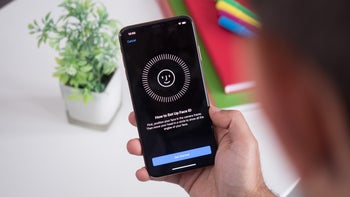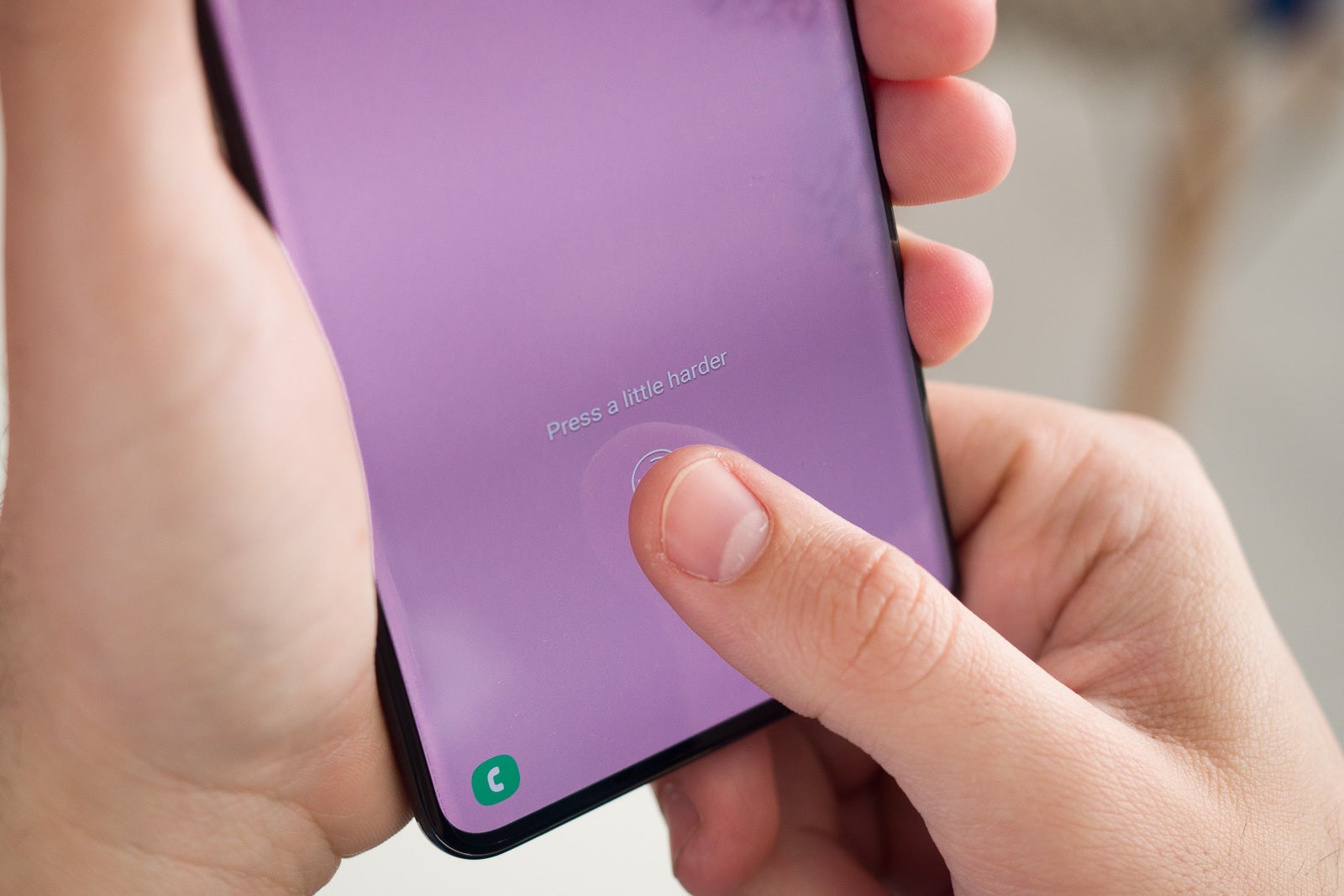When will Android phones finally catch up with Apple's Face ID?
This article may contain personal views and opinion from the author.

It's now been two years and a half since Apple launched the iPhone X, the first phone with Face ID, a secure biometrics system that was able to recognize your unique facial features and allowed you to effortlessly unlock your phone. Face ID was far from the first face recognition system available on a phone: we remember Google Nexus phones from a nearly a decade ago that would register your face and use it to log you in your phone. But Face ID was different: odds of a random person being able to unlock an iPhone with Face ID is 1 to 1,000,000 (that's a million) compared to 1 to 50,000 for Touch ID fingerprint scanning. The system is built on a complex array of cameras and sensors embedded in the front of the phone and it works equally well during the day and at night. Most importantly, the system uses some 30,000 invisible dots placed on your face to create an extremely detailed map of your unique facial features. And while you can fool many other face recognition systems with just a picture, Face ID is a lot more secure. And it's also embedded in some core functionalities within the iOS ecosystem: you can use it for Apple Pay, for App Store purchases, for password fill-ups, and more.
Save for the current extraordinary mask situation, Face ID is so convenient and effortless that every time I go back to an Android phone I am immediately reminded of how using an in-screen fingerprint scanner feels... backwards.
Face ID wasn't amazing in the very beginning when it launched on the iPhone X. It was on the slow side and had a few issues, but Apple did what Apple does: it iterated on it and then iterated again, making it faster, allowing it to work from wider angles, continually improving it. And while this was a feature exclusive to the premium iPhone X which launched at a $1,000 price, these days, the $600 iPhone XR comes with Face ID, so you don't have to spend a pretty penny to use the most advanced biometrics system on an iPhone.
Back in 2018, a few publications quoted major parts producers who said that with Face ID, Apple at the time had a "two-year lead" on the Android competition. However, now it's been two years and a half and the competition doesn't seem to have made much progress.

Samsung phones have bet on in-screen fingerprint scanners, but those are often criticized for slower speeds and lower accuracy
Samsung phones are probably the worst offenders in this regard: the ultrasonic in-screen fingerprint scanner used on the Galaxy S20 series and the Note 10 series earlier is slow and not very accurate. It's one of the most common complaints people have with these phones, and the S20 Ultra costs $1,400, it's not a cheap phone by any means.
You won't find secure 3D face recognition on LG phones, on Sony phones, and on most others.
In fact, there is only one Android manufacturer that has adopted some variation of Face ID and that is... well, Google itself. The Pixel 4 series have a fast and convenient facial recognition system, but that one feels rough around the edges and would unlock the phone even if you are not looking at it intentionally, which makes it compromised in a significant way from a security standpoint. And it's nowhere nearly as deeply implemented in the Android system as Apple has weaved in Face ID.
So here is my question to Android phone makers: what is taking you so long?
The secure face recognition system on iPhones has proven itself convenient and successful, yet the biggest Android phone makers have simply turned a blind eye on implementing a similar solution. The upcoming Galaxy Note 20 series is also not expected to contribute anything meaningful in terms of biometrics in the Android world. And that in my opinion is a huge missed opportunity.













Things that are NOT allowed: